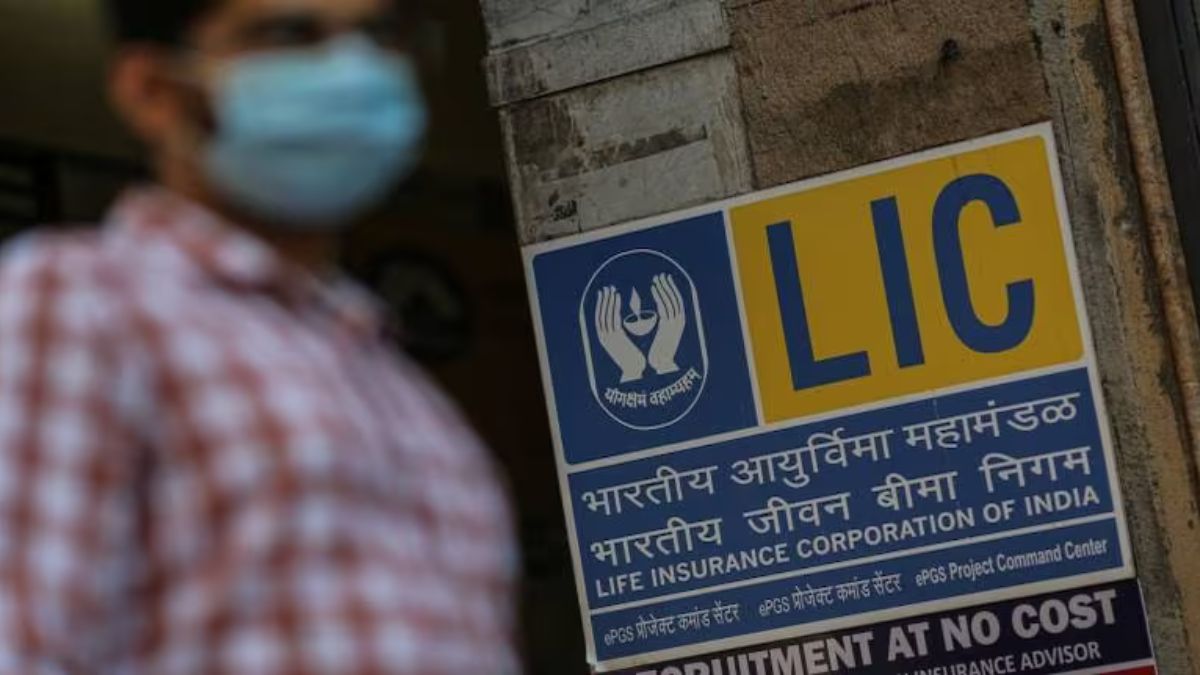LIC Chairman Siddhartha Mohanty revealed on Thursday that the state-owned insurer is currently in active discussions with the Reserve Bank of India (RBI) and is optimistic about gaining access to the central bank’s debt database, CRILIC. Despite being the largest debt investor, Mohanty highlighted the irony of not having access to CRILIC, a national debt database.
- Table of Contents
- CRILIC tilts the balance negatively for LIC
- FAQ’s
- Why does LIC need access to the CRILIC database?
- What is the CRILIC database?
- How does the lack of access to CRILIC affect LIC?
- What are the discussions between LIC and the RBI about?
- How does LIC balance its investment strategy without CRILIC access?
- What is LIC’s exposure to non-government securities and state bonds?
- What makes LIC the largest debt investor?
- How does LIC manage its long-term liabilities and short-term assets?
- What is the significance of LIC’s exposure to corporate debt?
- What is CRILIC?
- off, especially for you
Table of Contents
Speaking at an economic conclave organized by SBI, Mohanty acknowledged the significance of accessing CRILIC, considering LIC’s substantial debt investments in both central and state government debt securities. He pointed out that the absence of access to CRILIC data poses a risk to the insurer, given its long-term liabilities compared to short-term assets.
CRILIC tilts the balance negatively for LIC
CRILICS, the Central Repository of Information on Large Credits, is an RBI-managed database that records credit exposures of various lenders, encompassing non-performing borrowers. Mohanty stressed that not having access to CRILIC tilts the balance negatively for LIC.
Despite this, Mohanty expressed confidence in the ongoing discussions with the regulator, stating that they have been smooth and positive. He remains hopeful that the RBI will grant LIC the much-needed access to CRILIC, addressing the insurer’s risk concerns and ensuring a more balanced investment strategy.
Responding to queries about LIC’s exposure to non-government securities and state bonds, Mohanty informed PTI that the company holds over Rs 3 lakh crore in corporate debt exposure. While LIC’s equity exposure exceeds Rs 10.5 lakh crore, its total investments amount to over Rs 45 lakh crore.
FAQ’s
Why does LIC need access to the CRILIC database?
LIC, being the largest debt investor, requires access to the CRILIC database to make informed investment decisions and manage its substantial debt portfolio effectively.
What is the CRILIC database?
The CRILIC database, Central Repository of Information on Large Credits, is a database managed by the RBI, recording credit exposures of various lenders, including non-performing borrowers.
How does the lack of access to CRILIC affect LIC?
The absence of access to CRILIC poses a risk for LIC as its liabilities are long-term while assets are short-term. Access to CRILIC is crucial for maintaining a balanced investment strategy.
What are the discussions between LIC and the RBI about?
LIC is in active discussion with the RBI to gain access to the CRILIC database. The discussions aim to secure permission for LIC to retrieve critical debt data for better risk management and investment decisions.
How does LIC balance its investment strategy without CRILIC access?
Despite lacking access to CRILIC, LIC remains optimistic and is actively engaging with the RBI to address the imbalance in its investment strategy, ensuring a positive and informed approach.
What is LIC’s exposure to non-government securities and state bonds?
LIC has over Rs 3 lakh crore of exposure to corporate debt, while its equity exposure exceeds Rs 10.5 lakh crore. The company’s total investments amount to over Rs 45 lakh crore.
What makes LIC the largest debt investor?
LIC’s status as the largest debt investor is attributed to its extensive investments in both central and state government debt securities.
How does LIC manage its long-term liabilities and short-term assets?
LIC faces a challenge in managing its long-term liabilities against short-term assets, and gaining access to critical debt data is essential for achieving a balanced and sustainable investment strategy.
What is the significance of LIC’s exposure to corporate debt?
LIC holds a substantial exposure of over Rs 3 lakh crore to corporate debt, diversifying its investment portfolio beyond government securities.
What is CRILIC?
The CRILIC, Central Repository of Information on Large Credits, is a database managed by the RBI, recording credit exposures of various lenders, including non-performing borrowers.
